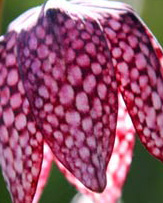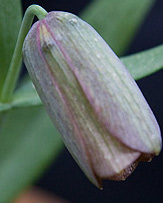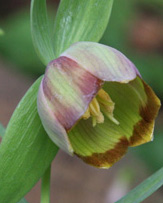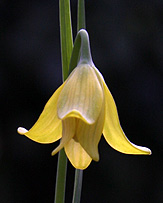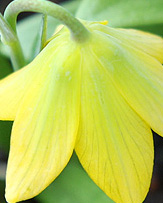Pruning Clematis
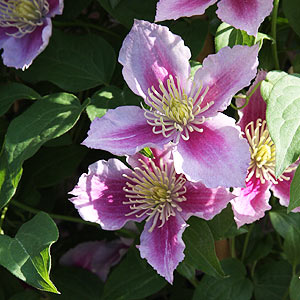
If you are looking for great clematis flowers, then you need to know how to prune the clematis plants properly. You can have masses of flowers like those picturesd, with very little effort.
We will keep it simple here, clematis are pruned according to what wood they flower on, old or new.
So the varieties or species that flower early will be those that flower on last seasons growth.
The next group are the hybrids, the ones with the large flowers and they flower on new growth
The late flowering species and hybrids are again pruned in late winter to spring.
When to Prune Clematis
It is generally accepted when you prune clematis you need to divided the varieties into three groups for best results. Just about all clematis should be pruned hard the first year. After that try to follow the general rules set out below
We have divided Clematis into their different groups. This gives an indication of the time of the year to prune them in the UK, as well as how to prune them.
Pruning Instructions for different groups of Clematis
Group 1
These are the winter to spring, or early flowering types. They flower on last years growth, so you need to prune after flowering if you want flower the next year. If you prune in winter or early spring you will restrict flowering. Give them a light trim after flowering. If you need to hard prune these then again do this after flowering and be prepared to wait a year or two for them to recover. You can usually cut them back to around 3ft (1m).
Group 2
The large flowering types generally flower on new shoots, from the previous years growth. Prune in spring before new growth commences. Look for a good healthy bud and prune to it. So you can cut them back in late winter to early spring. Look for some good strong buds at around 1 - 2m (3 - 6ft) depending on how you are growing them.
Group 3
These are the late flowering types. Go a little harder with these, say .25 to .5m (9-18 inches) above ground level in late winter. In cold climates they will die back naturally, in warmer areas cut them back to just above where last years growth commenced.
Clematis Pruning Summary.
- We have given a 3-4 month time span, to be a little more specific, prune after the danger of frosts has passed.
- When you prune you encourage new growth and the tender new buds are susceptible to frost damage.
- So where you live will determine exactly when you prune your clematis.
We also have what are called herbaceous clematis, some are truly herbaceous and some are partly herbaceous. The first type are cut back to the ground in spring, the second type are cut back to the woody stems in spring.
Fertilizing Clematis
After pruning is an excellent time to fertilise clematis, you can use a general all purpose slow release fertiliser. Always water before fertilising and after. This is also a good time to mulch as well. Mulching maintains a cool root run, all clematis love this.
You may also be interested in
- Pruning Lavender
- Pruning Artemisia Powis Castle
- Pruning Clematis
- Pruning Climbing Roses
- Pruning Roses
- Pruning Hydrangeas

